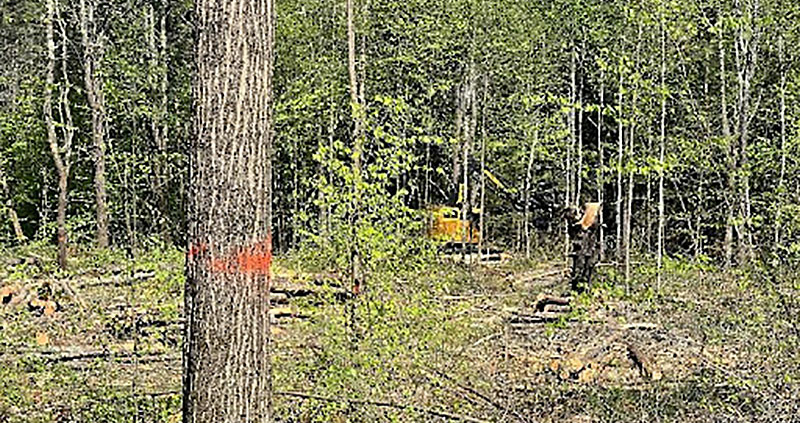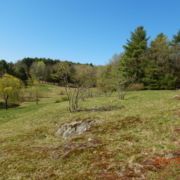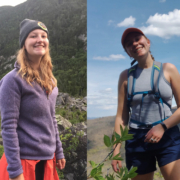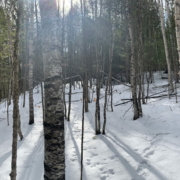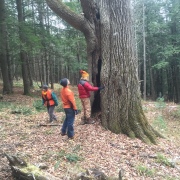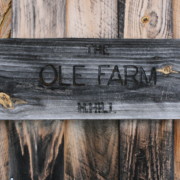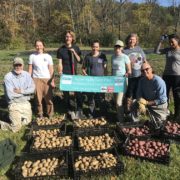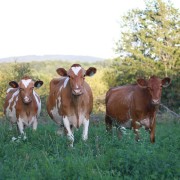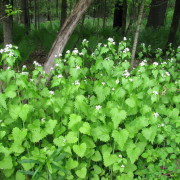Seeding the Future Forest
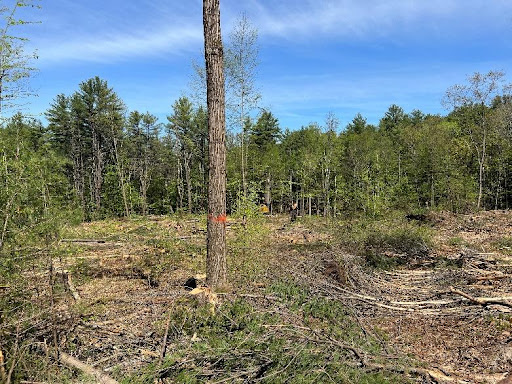
A large opening (a patch cut) for regeneration was created when poor quality trees were removed. The straight oak in the foreground remains to help seed the future forest.
As late winter turns to spring, seed catalogs appear on kitchen tables. Backyard gardeners and farmers alike choose crops and plan the work of planting. Foresters and woodland owners think about seeds, too.
Last spring, with the guidance of foresters Jeff Snitkin, Eric Radlof, and Ehrhard Frost of Full Circle Forestry, LLC (FCF, LLC), UVLT began a project designed to seed a future forest at our Up On the Hill Conservation Area in Charlestown. The forestry team evaluated an area that was harvested several decades ago, which involved removing the majority of the valuable trees. The remaining trees lacked timber quality and vigor: trees were defective, primarily small in diameter, and lacking in sufficient crown area. The FCF foresters recommended seeding the future forest by using several regeneration methods. These methods included patch cuts, seed tree, and low density shelterwood harvests designed to provide seed from desirable site-suited species within and around the treatment area. The foresters identified desirable larger trees to retain for seed and, in some cases, for continued growth. Defective, low value trees and those lacking vigor were cut, while the desirable species were retained when available. This treatment scarified the soil and created a variety of conditions and light levels conducive to obtaining diverse regeneration of native tree species from the seed produced by trees along the surrounding forest edges and the residual “seed” trees that benefited from release.
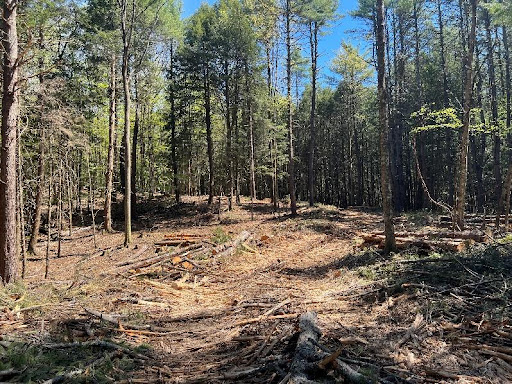
A harvesting trail at Up On the Hill. The work done last fall left coarse woody debris on the forest floor and standing cavity trees and snags for wildlife.
The forestry team incorporated efforts to control alien invasive plants and beech trees into the overall treatment strategy.
This project was made possible with the assistance of the Environmental Quality Incentive Program (EQIP) offered through USDA/Natural Resources Conservation Service. We look forward to monitoring the response to the harvesting, and we are excited by the potential of the future forest. UVLT plans a tour of the forest and a discussion with our consulting foresters of Full Circle Forestry on May 6. Watch our calendar and plan to join us!

